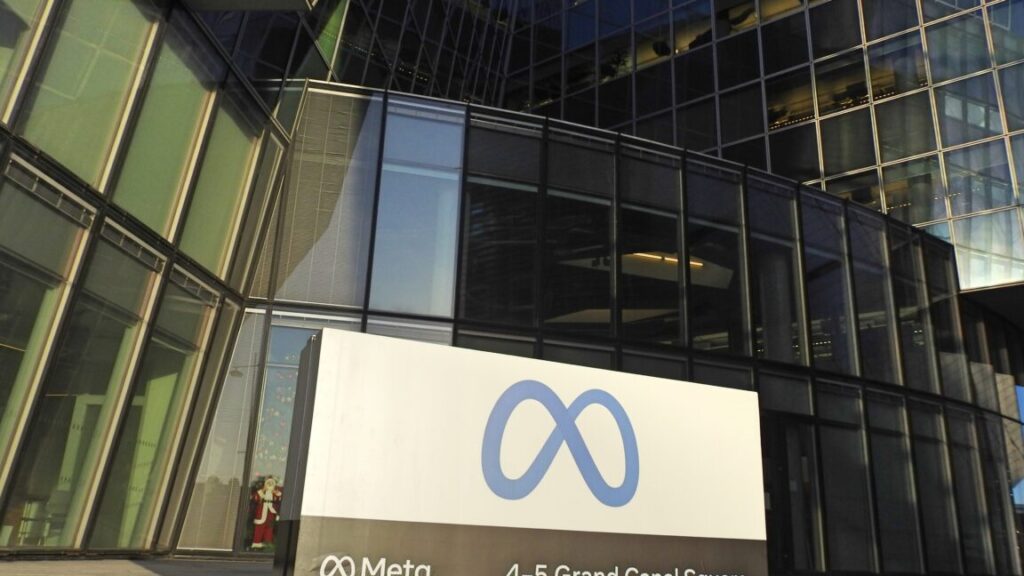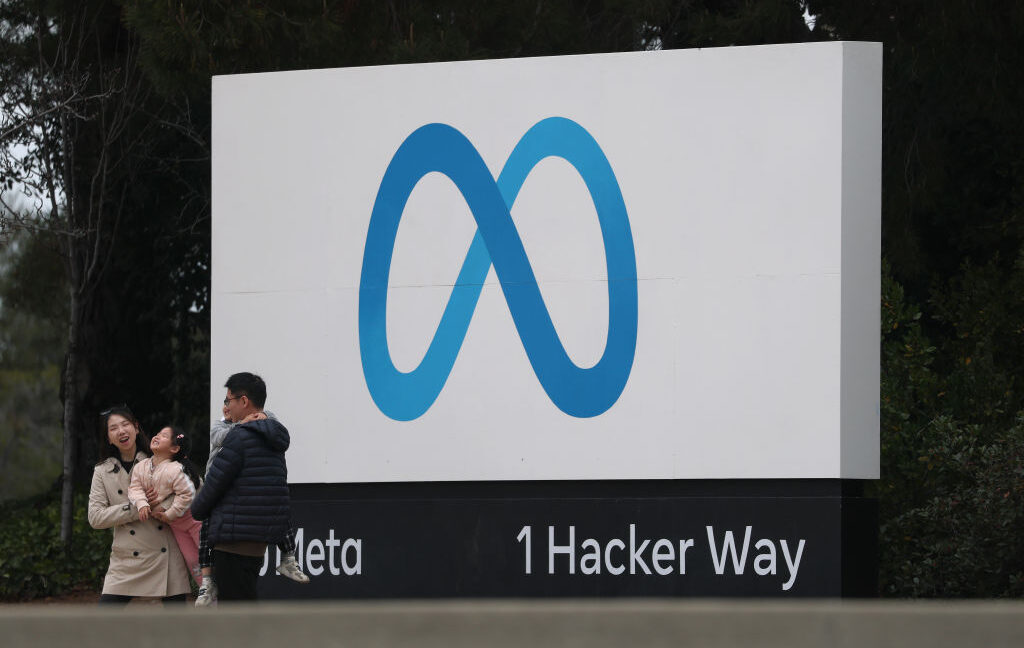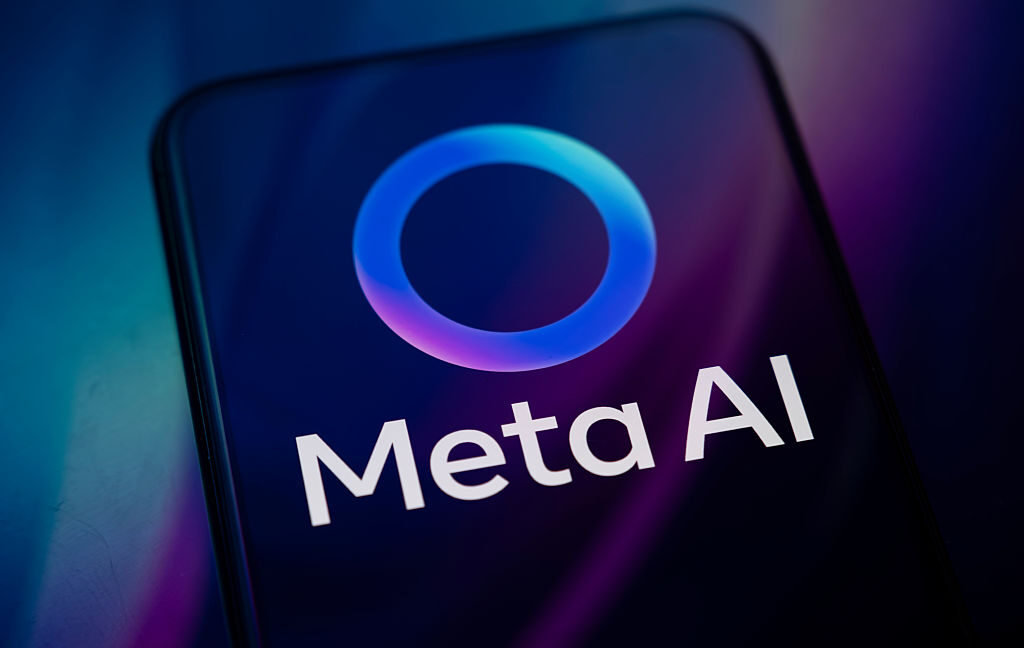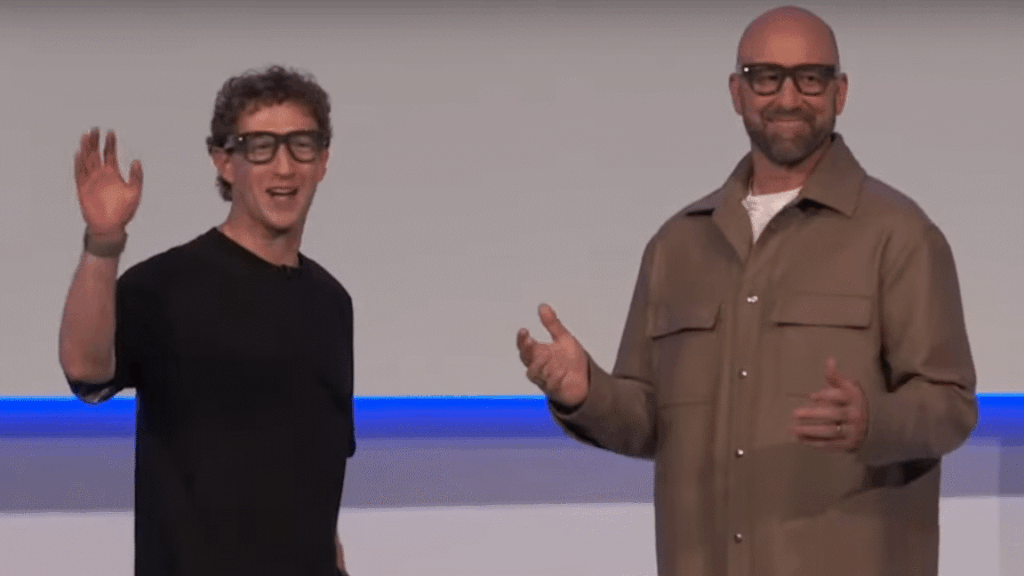Meta offers EU users ad-light option in push to end investigation
“We acknowledge the European Commission’s statement,” said Meta. “Personalized ads are vital for Europe’s economy.”
The investigation took place under the EU’s landmark Digital Markets Act, which is designed to tackle the power of Big Tech giants and is among the bloc’s tech regulations that have drawn fierce pushback from the Trump administration.
The announcement comes only days after Brussels launched an antitrust investigation into Meta over its new policy on artificial intelligence providers’ access to WhatsApp—a case that underscores the commission’s readiness to use its powers to challenge Big Tech.
That upcoming European probe follows the launch of recent DMA investigations into Google’s parent company Alphabet over its ranking of news outlets in search results and Amazon and Microsoft over their cloud computing services.
Last week, the commission also fined Elon Musk’s X 120 million euros for breaking the bloc’s digital transparency rules. The X sanction led to heavy criticism from a wide range of US government officials, including US Secretary of State Marco Rubio who said the fine is “an attack on all American tech platforms and the American people by foreign governments.”
Andrew Puzder, the US ambassador to the EU, said the fine “is the result of EU regulatory over-reach” and said the Trump administration opposes “censorship and will challenge burdensome regulations that target US companies abroad.”
© 2025 The Financial Times Ltd. All rights reserved. Not to be redistributed, copied, or modified in any way.
Meta offers EU users ad-light option in push to end investigation Read More »














